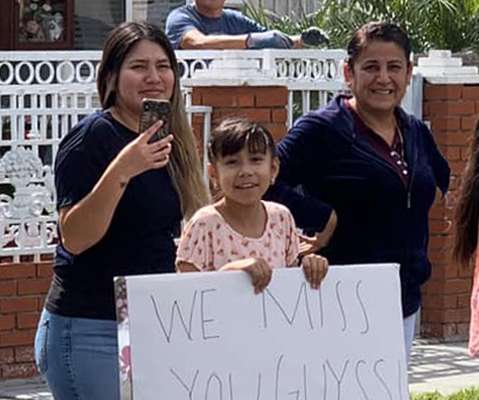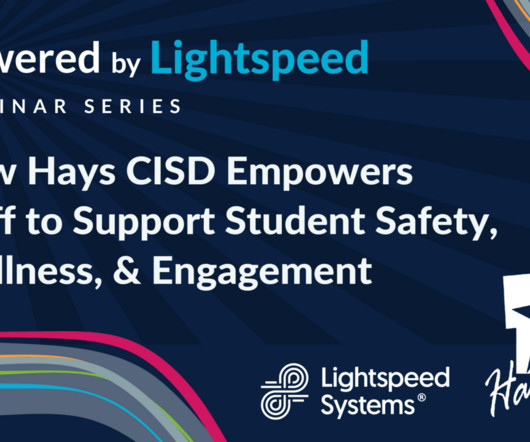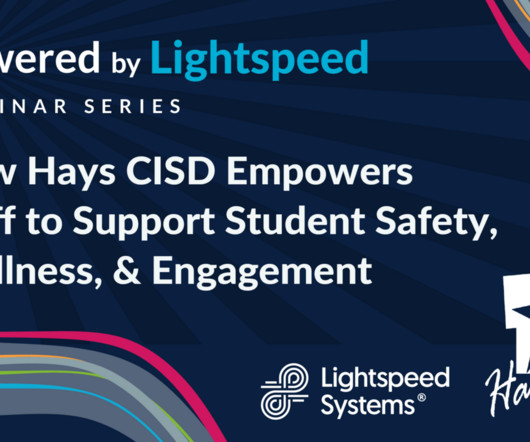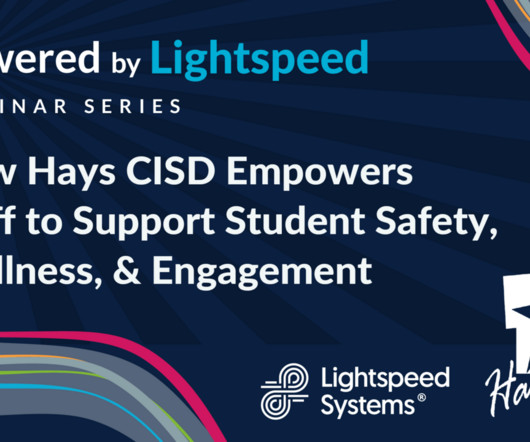WANRack commits to closing the digital divide
Education Superhighway
FEBRUARY 10, 2020
Over the past eight years, WANRack has worked with schools and communities to close the digital divide and ensure students have access to digital learning in every classroom, every day. With the increasing use of technology as a tool for learning, students and teachers need more than basic connectivity.



































Let's personalize your content